The English capital has long provided a sanctuary for the LGBTQ community. As Pride arrives in the city this weekend, in a slew of rainbow-hued revelry, we spotlight five of the its most legendary clubnights
Drunk on the pungent fumes of stale beer and after-dark insanity, ravers are continually drawn to wherever, and whomever, throws the best party. Many could regale you with tales of the hedonistic crowds in the late 80s dressing up for show, then stripping down to show more at underground club nights that legends like Leigh Bowery often frequented. Much of this pop culture perversion was caught on camera, wherther by Dick Jewell, who documented Kinky Gerlinky; Derek Ridgers, a shrewd and prolific documenter of London's 80s subcultures; or Alistair Allan, who lensed the unseated extravagance at BoomBox.
Today, LGBTQ partiers can attest to the need for safe spaces to push a creative agenda, or simply feel comfortable, especially in the aftermath of the devastating shooting targeting LGBTQ people at Pulse in Orlando. Clubs and bars – and what goes on inside them – are the lifeblood of gay culture. As we head into Pride weekend, we gaze deep into the dim swirl of history to determine the nights that left their mark long after the lights died down.
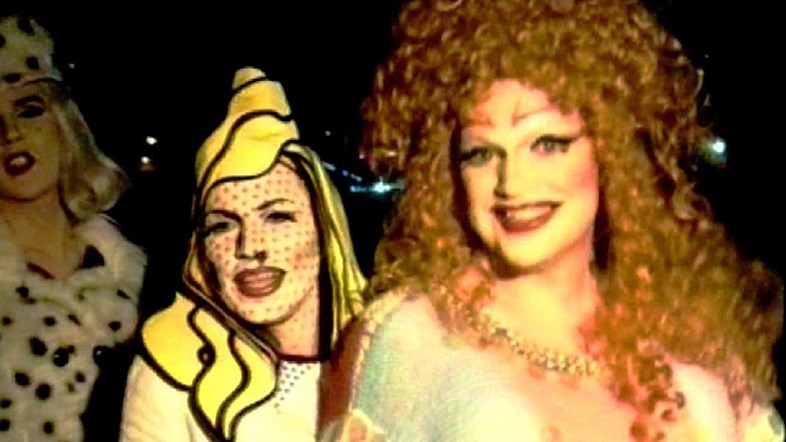
Kinky Gerlinky
Kinky Gerlinky was a buffet of visual diaspora: a roving club night where clubgoers would be confronted with sequins, sybaritism and the occasional erection. “There was a liberation in those days,” Dick Jewell, who slavishly documented the late 80s club scene on film, told Dazed. “Actual hard-ons being whacked into your lens. People freely having sex everywhere. It was during the awful Thatcher recession and Gerlinde [Costiff, the owner] wanted somewhere to open where people could go out and look glamorous.”
The night attracted cultural fixtures Jean Paul Gaultier, Naomi Campbell, Boy George and anyone who could charm their way past the bouncers. Kinky Gerlinky was held at a number of different West End venues, like the Empire Leicester Square, Shaftesbury’s and the Café de Paris. Conceived by Gerlinde and Michael Costiff, it was an outrageous production that has since become a catalogue for fashion designers to mine, inspiring the likes of Alexander McQueen and Gareth Pugh.
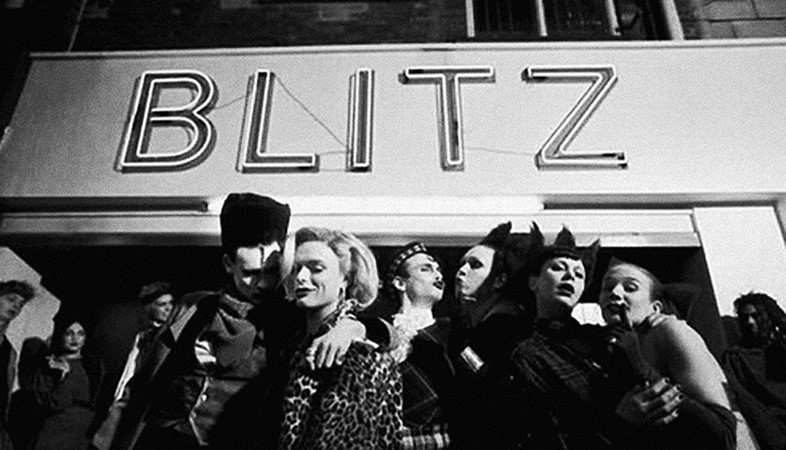
Blitz
The New Romantic era, born out of an exhaustion with punk, was midwifed at a night called Blitz in 1979. A precursor to Kinky Gerlinky, Blitz took a DIY approach to fashion and single-handedly reinvigorated the club scene. Revelers dressed up in hyperbolic costume, their made-up faces and hair straight out of a bad 80s workout video. “It was a step back to glamour and Bowie,” remembers Martin Rushent in Totally Wired: Postpunk Interviews and Overviews.
Out of the club’s wooden doors came The Blitz Kids, a blanket term for club regulars like milliner Stephen Jones, DJ and activist Princess Julia and musician Rusty Egan. It was also the birthplace of pop acts like Spandau Ballet, Visage, and Boy George’s Culture Club. “I remember seeing Spandau down there for the first time, and they just blew me away,” says Rushent. “They were all wearing tartan kilts and odd clothes and hair. This band was creating its own fashion thing, but the music was brilliant. And trying to become part of the Blitz was not easy. You didn’t just get in. It became just the hippest place on earth.”
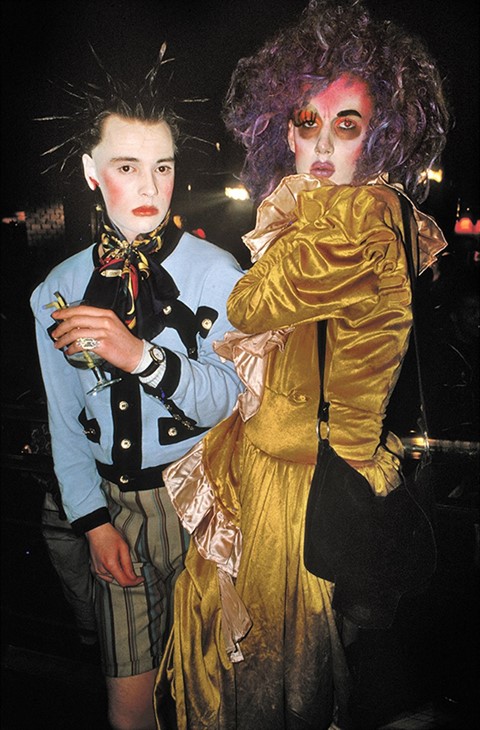
Taboo
Like a firework to the brain, club night Taboo may have fizzled out quickly, but it was never short of explosive. Started in January 1985 by eternal club kid Leigh Bowery, it was coated – much like its egocentric proprietor – in a heavy layer of dalmatian print, and dripping in shocking make-up. Bowery would beat his mug with bright blue powders and expand the borders of his lips with a puckish rouge in preparation for the Saturnalia. Taboo welcomed all, even as queues snaked through Leicester Square. Everybody was angling to get inside the venue, Maximus, but not for the music. This was art after dark.
When 1986 arrived, Taboo was known as the first British club where ecstasy was widely used. The cops caught on to the night’s proclivity for pill-popping. “Someone sold a big story to the papers about it being a den of vice and drugs,” Bowery’s best friend Sue Tilley told Dazed. “I never saw drugs or people on heroin or whatever, but perhaps I wasn’t looking in the right place.” During its short life, Taboo was a hotbed of polysexualism and psycho-glam. New York later swiped Taboo’s spirit for its own night of camp debauchery, Disco 2000, while Taboo’s biggest fan, DJ and singer Boy George, paid tribute to the night with a musical of the same name.
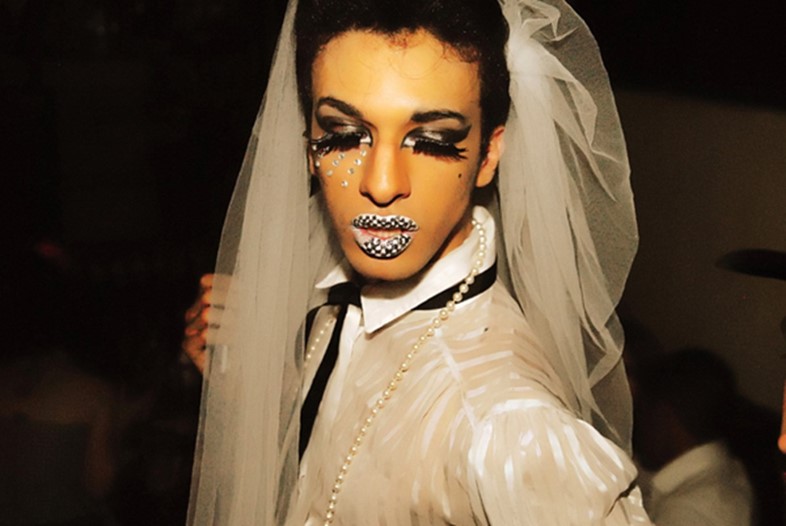
BoomBox
East London is still reeling from the shuttering of BoomBox, a night that was begun in June 2006 by DJ Richard Mortimer. Headquartered at Hoxton Square Bar & Kitchen, BoomBox was the spiritual sequel reliving the DIY days of its club night forebears. It defied a stale mid-aughts club scene and drew in the fashion crowd; names like Giles Deacon, Gareth Pugh, Wolfgang Tillmans, and Louis Vuitton’s Kim Jones piled in every Sunday – even Björk cameoed as a DJ.
Long after outrageous homespun outfits were thought dead, attendees of BoomBox would don veils made out of tea bags and green lipstick to dance under the burning lights to the sounds of Kylie Minogue and Róisín Murphy. Nicola Formichetti would often tap youth who caught his eye on the dancefloor for a shoot in Dazed. “A lot of people do spend an incredible amount of time on their costumes,” Mortimer said of BoomBox in the book Totally Wired. “There’s a Goth thing coming back in a big way. You’ve never seen so much black make-up, but it’s kind of camp Goth.”
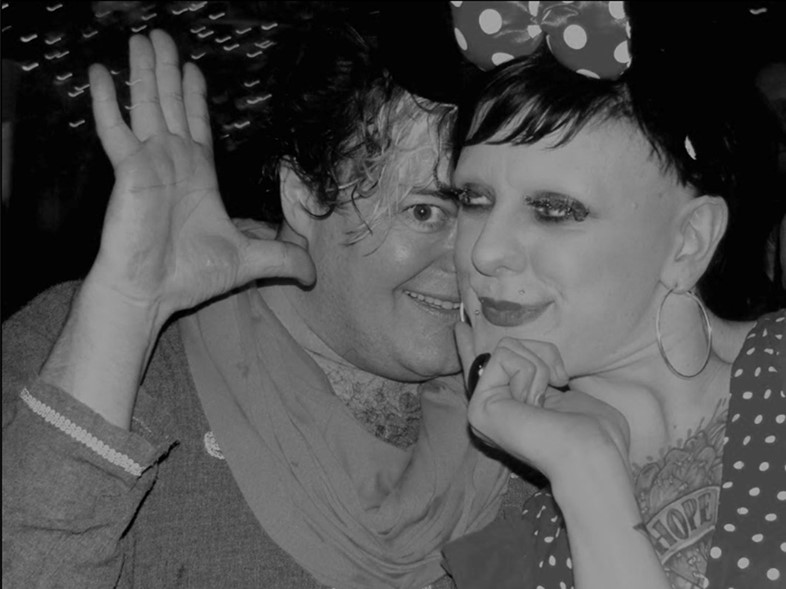
The George & Dragon
Trailing in the wake of London’s boorish LGBT venue massacre, which saw the closing of iconic hubs like Madame Jojo’s, The Black Cap and The Joiner’s Arms, The George and Dragon became the latest victim to add to that tally late last year due to a looming rent hike. The Shoreditch pub was a watering hole with an open-door policy – a favourite of the east London fashion crowd.
Its unique atmosphere, which included a precarious loo and temporary art installations from artists like Prem Sahib and Wolfgang Tillmans, attracted regulars Jonny Woo and Princess Julia, who would often be seen behind the decks. Taken over by owner Richard Battye, aka Richardette, in 2002, The George and Dragon quickly shimmied its way into LGBT history with its mixed high-low crowd and innovative drag.
You can see more of Derek Ridgers' photography at this weekend's Punk Weekender, from June 23-26 2016 at The Photographers' Gallery, London.
